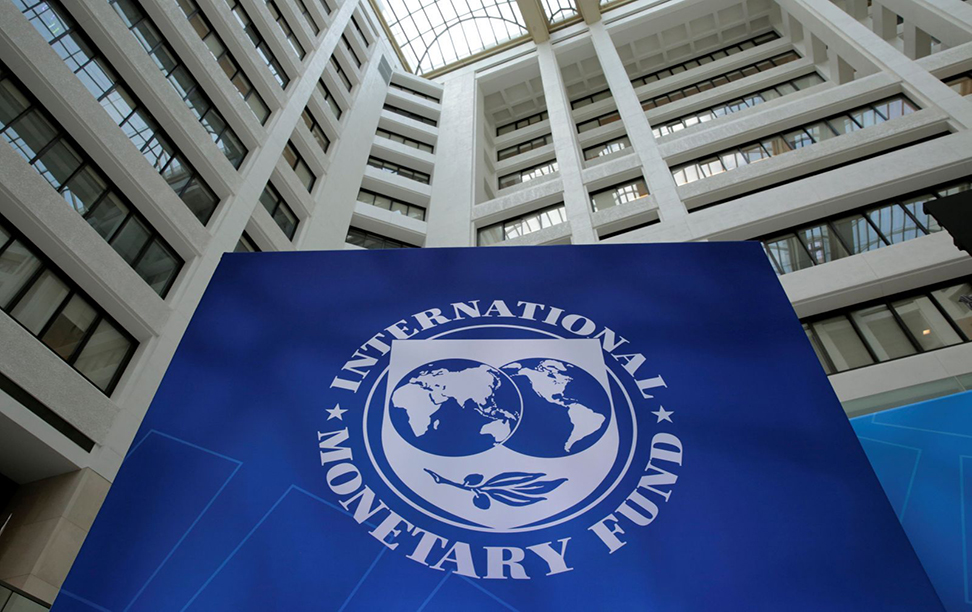July 28, 2021 (MLN): The International Monetary Fund (IMF) has recognized Pakistan’s robust economic activity and maintained the global growth forecast largely unchanged at 6% for the current year and 4.9% for the next year.
In its World Economic Outlook (WEO) update released on Tuesday, IMF said projections are revised up for the Middle East and Central Asia due to robust activity in some countries (such as Morocco and Pakistan), partially offset by downgrades of some others.
To note, IMF did not mention Pakistan’s expected growth rate specifically that it had forecasted in April this year at 4% for 2022.
The Fund said although the 2021 global forecast is unchanged from April, there are offsetting revisions across advanced economies and emerging market and developing economies reflecting differences in pandemic developments and policy shifts.
The 0.5 percent point upward revision for 2022 largely reflects anticipated additional fiscal support in the United States, with associated spillovers to the global economy.
In its outlook, IMF revised down the forecast for the emerging market and developing economies by 0.4 percentage point in 2021 compared with the April WEO, largely because of growth markdowns for emerging Asian economies. It also revised downward India’s current year growth forecast by three percentage points following the severe second COVID wave during March–May and expected slow recovery in confidence from that setback.
On the contrary, IMF revised up the forecast for advanced economies. These revisions reflect pandemic developments and changes in policy support. The 0.5 percentage-point upgrade for 2022 derives largely from the forecast upgrade for advanced economies, particularly the United States, reflecting the anticipated legislation of additional fiscal support in the second half of 2021 and improved health metrics more broadly across the group.
The 2021 growth forecast for the low-income developing country group is marked down 0.4 percentage point, with the slow rollout of vaccines as the main factor weighing on the recovery (partially offset by stronger external demand from advanced economies).
IMF staff analysis indicates that low-income developing countries will require close to $200 billion in spending to combat the pandemic and an additional $250 billion to regain their pre-pandemic convergence paths.
The outlook highlighted that labor market prospects for low-skilled workers and youth continue to be relatively bleak compared with those for other demographic groups, which points to increasing inequality and higher vulnerability to a decline in incomes below extreme poverty thresholds. Close to 80 million additional people are likely to enter extreme poverty during 2020–21 compared with pre-pandemic projections.
With regards to inflation, the report stated that it is expected to return to its pre-pandemic ranges in most countries in 2022 once these disturbances work their way through prices, though uncertainty remains high.
Elevated inflation is also expected in some emerging markets and developing economies, related in part to high food prices. Central banks should generally look through transitory inflation pressures and avoid tightening until there is more clarity on underlying price dynamics, the report added.
Copyright Mettis Link News
42445







